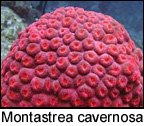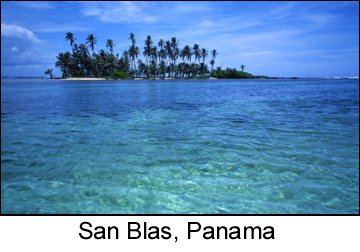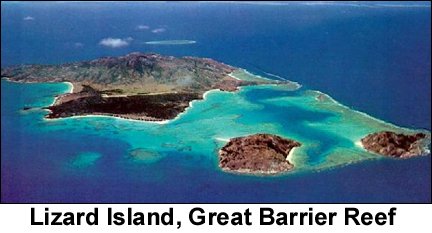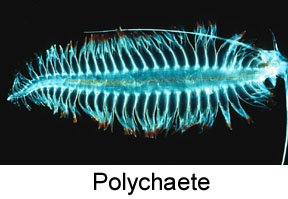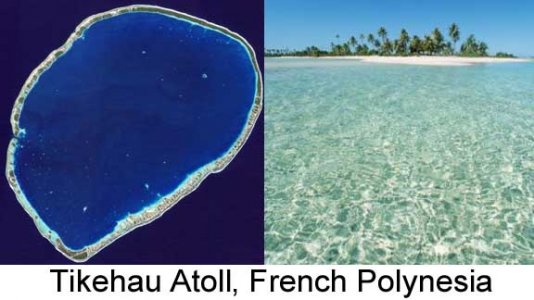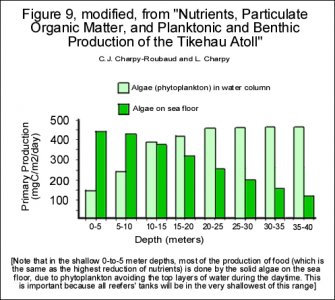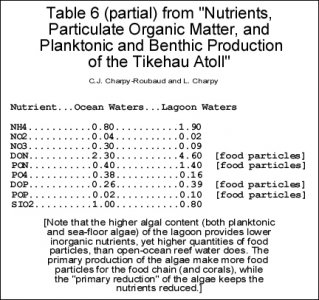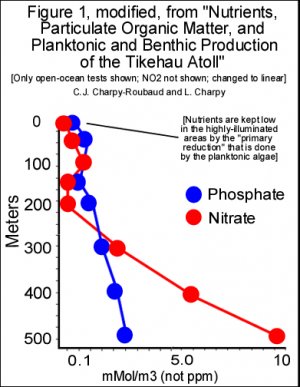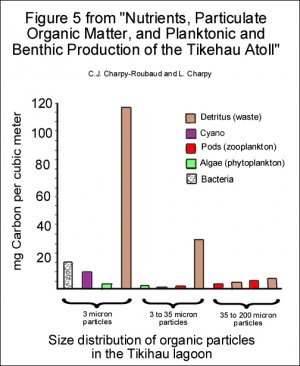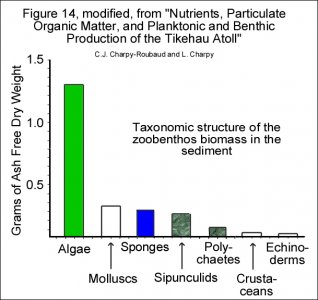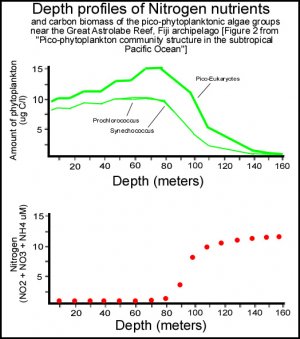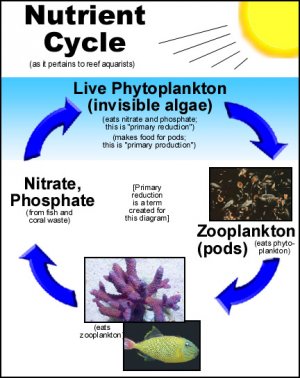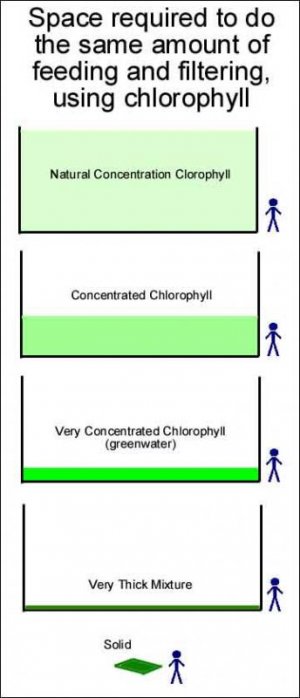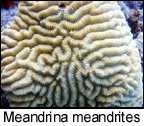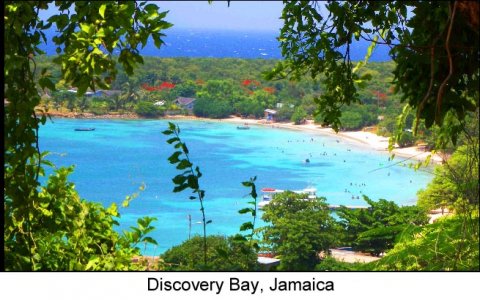"Corals require many things to grow. Reefers know that most corals need light, and some other corals do not. And reefers should understand by now that all corals need food, in one form or another. No exceptions. Many reefers understand that stoney corals also require calcium, alkalinity, magnesium, and a few other minerals to grow skeletons. But only some experienced and/or more advanced reefers know that there are a few other things needed that are not mentioned much. They are not mentioned because they generally are not lacking in the average tank. But when you really want strong and fast growth, and when you have lots of corals consuming things quickly, these additional things may indeed begin to limit growth. What are they?"
"Vitamins and amino acids. All growing organisms need them; they are usually in abundant supply in aquariums (other things are usually lacking first). But the point we would like to make is not so much that they ARE needed (even if this is the first time you have heard this), but WHERE they come from. Think about it: Corals have adapted to survive on what is available in the ocean. There is no pizza or beer, but there are lots of food particles, dissolved organics (which are just very fine food particles), and vitamins and amino acids. So, corals have adapted to use all of these, and of course the corals expect them to be in your tank."
"But how do the vitamins and amino acids get into the ocean in the first place? We know that food particles are just plankton and detritus, but what produces the vitamins and amino acids? The same thing that makes all the food in the ocean: Algae..."
" 'Secretion Of Vitamins and Amino Acids Into The Environment By Ochromanas Danica'. Journal of Phycology, Sept 1971 [Phycology means the study of algae]"
"Ochromonas danica [a species of algae] grown on a chemically defined medium under controlled conditions in the light [created] the following vitamins: ascorbate, B6, N5-methyltetrahydrofolate, tetrahydrofolate polyglutamates, oxidized folate monoglutamates, nicotinate, pantothenate, riboflavin, vitamin A, beta carotene, and vitamin E but no vitamin B12. The cells also secreted molecules into their growth medium including the vitamins ascorbate, B6, the above folates, nicotinate, pantothenate, riboflavin, vitamin E, and the amino acids alanine, aspartic acid, leucine, and valine. [Thus the algae not only create vitamins and amino acids for themselves (which are then eaten by pods and then by corals), but they also create them to put them directly into the water.] The role of such secretions in nature is discussed."
"An extensive list of biologically active compounds are now known to be secreted by algae into their natural or in-vitro environment (Table 1), and these molecules undoubtedly contribute to the food chain."
"In this paper we report on the cell content and secretion of vitamins and amino acids by [algae], grown under carefully controlled physical and chemical conditions."
"Table 1. Organic molecules secreted into their environment by algae:
Carbohydrates
Amino Acids
Glycolic Acid
Citric Acid
Vitamins
Nucleic Acid derivatives
Polypeptides
Proteins
Enzymes
Lipids "
"Table 2. Quantity of vitamins in cells and cell-free supernatant of 1 week old, light-grown [algae]:
.......................................................Vitamin Content (x 10-9 grams/mg dry cells)
Vitamin.............................................Cell content.....Supernatant content
Ascorbate.........................................830.................2110
Biotin*.............................................1.....................9
B6...................................................23...................29
N5-Methyltetrahydrofolate...................2.....................1
Other tetrahydrofolate polyglutamates...6.....................2
Oxidized folate monoglutamates............1.....................0.4
Nicotinate.........................................89...................73
Pantothenate....................................37....................65
Riboflavin..........................................35...................40
Thiamine*.........................................60...................117
Vitamin A..........................................137..................0
Beta Carotene...................................1640.................0
Vitamin E..........................................2170.................0
* Biotin at 10 x 10-9 and thiamine at 1000 x 10-9 were added to
each ml of medium because they are required by [the algae] for
multiplication. All of the biotin, and 18 percent of the
thiamine, are accounted for in the table. "
"Light-grown [algae] cells synthesized a full complement of water soluble vitamins (except for vitamin B12 and several fat-soluble vitamins or precursors) (Table 2)."
"Several amino acids -- alanine, aspartic acid, leucine, and valinc -- were secreted."
"In the light of the work reported here [in 1971], and in the work of others, it is likely that at least some algae are capable of secreting vitamins into their environment. It also becomes possible that the vitamins found free in natural waters may be derived, at least in part, from algal metabolism. Furthermore, the increasing evidence (Table 1) that algae can secrete a variety of metabolites and macro-molecules into their environment, indicates that they play a far more active role in the exchange of nutrients in their environment that has heretofore been credited to them."
"Nice long video we like:
Scripps Institute: Algae, world's most important plants:
http://www.youtube.com/watch?v=CB2XlpD-Ld4 "
link
http://www3.interscience.wiley.com/journal/119691458/abstract
